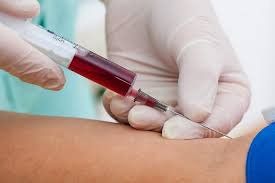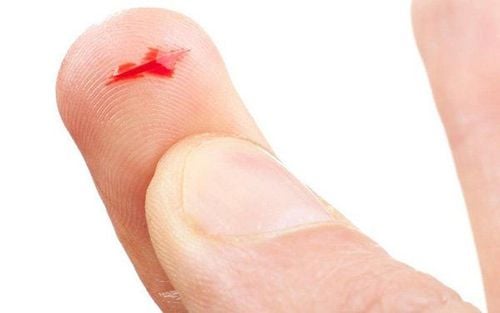The incubation period of HIV in adults typically ranges from 1-6 months, varying based on individual physiology and immunity. People with weaker immune systems have shorter incubation periods. In the early stage, HIV-infected individuals experience flu-like symptoms: fever, sore throat, cough,...
1. Signs at early stage of HIV
The HIV incubation period in adults typically ranges from 1-6 months, varying based on individual physiology and immunity. People with weaker immune systems have shorter incubation periods. In the early stage, also known as primary infection (window period) from week 2 to week 6, HIV-infected individuals may experience the following symptoms:
- Fever and chills: During this stage, infected individuals show mild fever ranging from 37.5 to 38 degrees Celsius, accompanied by chills. Fever is one of the characteristic symptoms during HIV's window period. This occurs when the virus enters the bloodstream and begins rapidly multiplying, triggering an immune system response. The fever typically lasts for one or two weeks, though it may only appear for a single day.
- Fatigue: This is the body's response to the pathogen, causing the patient to feel tired and sleepy.
- Body aches, headaches, muscle pain, joint pain: Body and joint pain are common symptoms. However, these symptoms can be easily confused with common viral infections.
- Sore throat: Pharyngitis causing difficulty swallowing and throat pain.
- Swollen lymph nodes in the neck, armpits, and groin.

- Skin rash: Red rashes on the skin surface with itching are the most common symptoms of HIV infection, appearing 2 to 3 weeks after virus exposure.
- Nausea, diarrhea: Approximately 30-60% of patients experience nausea, vomiting, or diarrhea in the early stages of HIV.
- Other less common symptoms in the early stage include: Unexplained weight loss, fungal infections, oral thrush or infections, menstrual irregularities in women.
When exposure to infection is suspected and early symptoms appear as described above, HIV diagnostic testing should be conducted promptly.
2. How Long Does HIV Fever Last?
Fever in HIV typically occurs during the disease's initial phase. While the fever doesn't last long, it occurs in episodes throughout this stage. The window period varies between individuals and depends on the type of HIV test. Most HIV tests are antibody tests. The infected person's body needs time to produce sufficient antibodies for HIV testing to determine whether the patient has been infected with HIV. Three weeks is the earliest time antibody tests can detect infection. However, early detection of antibody development typically takes 3-12 weeks after infection.

At the end of the window period, antibody levels rise high enough to detect HIV infection through standard blood tests. This means the serology changes from "negative" to "positive," known as the "seroconversion" phase. This stage can last 5 years, 10 years, or even longer depending on the patient.
Vinmec International General Hospital is among the hospitals that not only ensure professional quality with its medical staff and modern technological equipment but also stands out for its comprehensive and professional medical examination, consultation, and treatment services; providing a civilized, courteous, safe, and maximally sterilized healthcare environment.
To arrange an appointment, please call HOTLINE or make your reservation directly HERE. You may also download the MyVinmec app to schedule appointments faster and manage your reservations more conveniently.








